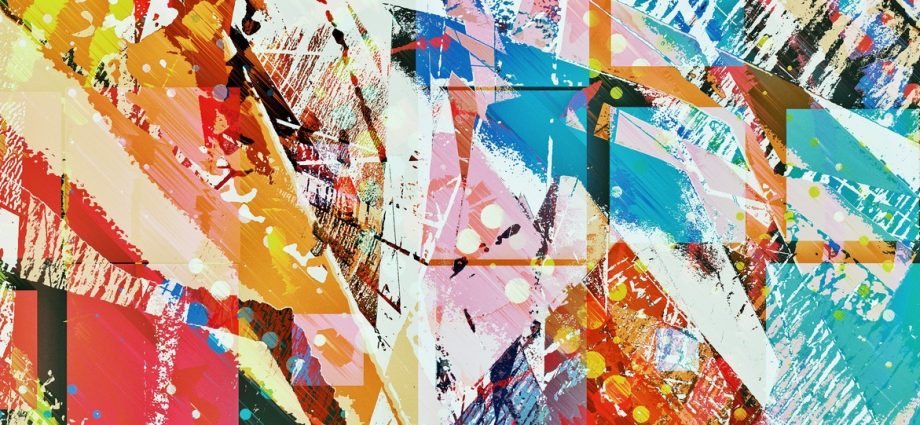In art, there are three types of perspective: one-point, two-point, and three-point.
What are the 3 perspectives of art?
There are typically three types of perspective drawing: one-point perspective, two-point perspective, and three-point perspective.
What are different perspectives in art?
There are many types of perspective used by artists to convey a sense of space within the composition of a work, including linear perspective, one point perspective, two point perspective, and atmospheric perspective.
What are the different perspectives?
The five major perspectives in psychology are biological, psychodynamic, behavioral, cognitive and humanistic.
What is perspective and its types?
Linear or point-projection perspective (from Latin: perspicere ‘to see through’) is one of two types of graphical projection perspective in the graphic arts; the other is parallel projection. Linear perspective is an approximate representation, generally on a flat surface, of an image as it is seen by the eye.
What are three perspectives?
Sociologists today employ three primary theoretical perspectives: the symbolic interactionist perspective, the functionalist perspective, and the conflict perspective. These perspectives offer sociologists theoretical paradigms for explaining how society influences people, and vice versa.
What are the two types of perspective?
There are two types of perspective: linear perspective and atmospheric perspective.
What is a 4 point perspective?
A second type of four point perspective is what is called the continuous four point perspective system. This system keeps the Zenith and Nadir lines of the cube actually parallel, and curves the North to South and East to West lines of the cube.
What are the 4 types of perspective?
In linear perspective, there are 4 major types of perspective defined by the number of primary Vanishing Points lying on the Horizon Line:
- 1-point perspective,
- 2-point perspective,
- 3-point perspective,
- and Multi-point perspective.
What is perspective example?
Perspective is the way that one looks at something. It is also an art technique that changes the distance or depth of an object on paper. An example of perspective is farmer’s opinion about a lack of rain. An example of perspective is a painting where the railroad tracks appear to be curving into the distance.
Is perspective an element of art?
The elements of art are color, form, line, shape, space, and texture. The principles of art are scale, proportion, unity, variety, rhythm, mass, shape, space, balance, volume, perspective, and depth.
What is the main goal of perspective in art?
Artists use perspective to represent three-dimensional objects on a two-dimensional surface (a piece of paper or canvas) in a way that looks natural and realistic. Perspective can create an illusion of space and depth on a flat surface (or the picture plane).
What role does perspective play in art?
Perspective in art usually refers to the representation of three-dimensional objects or spaces in two dimensional artworks. Artists use perspective techniques to create a realistic impression of depth, ‘play with’ perspective to present dramatic or disorientating images.
How do you practice perspective?
Here are four exercises help you practice getting better at perspective:
- Exercise 1: Work from Life.
- Exercise 2: Practice Finding the Horizon Line / Eye Level.
- Exercise 3: Practice Thinking About Objects as Shapes.
- Exercise 4: Emphasize Perspective in Your Work.
What do you mean by perspective view?
Perspective view is a view of a three-dimensional image that portrays height, width, and depth for a more realistic image or graphic.
What are the elements of perspective drawing?
The basic elements of perspective drawing. In order to understand human perception, there are three important tools for perspective drawing: The horizon line, vanishing points, and vanishing lines.
What is meant by perspective drawing?
Perspective drawing is a technique to create the linear illusion of depth. As objects get further away from the viewer they appear to decrease in size at a constant rate. The box in the sketch below appears solid and three dimensional due to the use of perspective.
What is the functionalist perspective?
The functionalist perspective sees society as a complex system whose parts work together to promote solidarity and stability. This approach looks at society through a macro-level orientation and broadly focuses on the social structures that shape society as a whole.
What does the word perspective?
Perspective has a Latin root meaning “look through” or “perceive,” and all the meanings of perspective have something to do with looking. If you observe the world from a dog’s perspective, you see through the dog’s eyes. In drawing, perspective gives your drawing the appearance of depth or distance.
What is a theoretical perspective?
A theoretical perspective is a set of assumptions about reality that inform the questions we ask and the kinds of answers we arrive at as a result. … Often, sociologists use multiple theoretical perspectives simultaneously as they frame research questions, design and conduct research, and analyze their results.
What do you mean by perspective in the art of painting?
Perspective is an art technique for creating an illusion of three-dimensions (depth and space) on a two-dimensional (flat) surface. … Perspective in Western art is often called linear perspective and was developed in the early 15th century. The system uses straight lines to plot or figure out where things must go.
What is the importance of perspective?
Seeing from another person’s perspective helps you to understand things in a different light and opens up the path for a whole lot more of understanding and tolerance. Sometimes things appear to be big, but in the big picture, it is actually something small.
What are the 7 psychological perspectives?
Here are seven of the major perspectives in modern psychology.
- The Psychodynamic Perspective. …
- The Behavioral Perspective. …
- The Cognitive Perspective. …
- The Biological Perspective. …
- The Cross-Cultural Perspective. …
- The Evolutionary Perspective. …
- The Humanistic Perspective.

